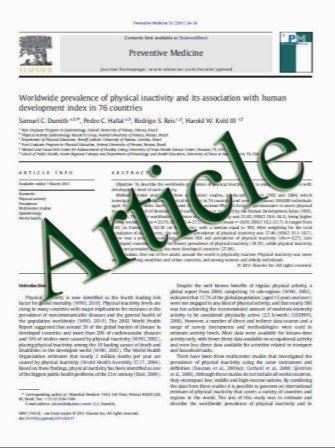Partial adherence: a new perspective on health economic assessment in osteoporosis
- نوع فایل : کتاب
- زبان : انگلیسی
- مؤلف : J. A. Kanis & C. Cooper & M. Hiligsmann & V. Rabenda & J-Y. Reginster & R. Rizzoli
- چاپ و سال / کشور: 2011
Description
Summary Partial adherence in osteoporosis increases the risk for fragility fracture and has considerable impact on cost-effectiveness. This review highlights a number of avenues for further research, such as improved definition of thresholds of compliance and persistence, as well as gap length, offset times, and fraction of benefit. Introduction A number of economic models have been developed to evaluate osteoporosis therapies and support decisions regarding efficient allocation of health care resources. Adherence to treatment is seldom incorporated in these models, which may reduce their validity for decision-making since adherence is poor in real-world clinical practice. Methods An ad hoc working group of the European Society for Clinical and Economic Aspects of Osteoporosis and Osteoarthritis met to review key issues concerning the incorporation of partial adherence in health economic models. Results Observational data have shown that poor adherence is associated with an increase in the risk for fragility fracture. Health economic modelling indicates that full adherence is associated with more quality-adjusted life years gained than partial adherence, as well as higher treatment costs and lower fracture-related costs. Although adherence appears as an important driver of cost-effectiveness, the effect is dependent on a range of other variables, such as offset time, fraction of benefit, fracture risk, fracture efficacy, fracture-related costs, and drug cost, some of which are poorly defined. Current models used to evaluate cost-effectiveness in osteoporosis may oversimplify the contributions of compliance and persistence. Conclusion Partial adherence has a significant impact on cost-effectiveness. Further research is required to optimise thresholds of compliance and persistence, the impact of gap length, offset times, and fraction of benefit.
Osteoporos Int DOI 10.1007/s00198-011-1668-0 Received: 7 March 2011 / Accepted: 15 April 2011


